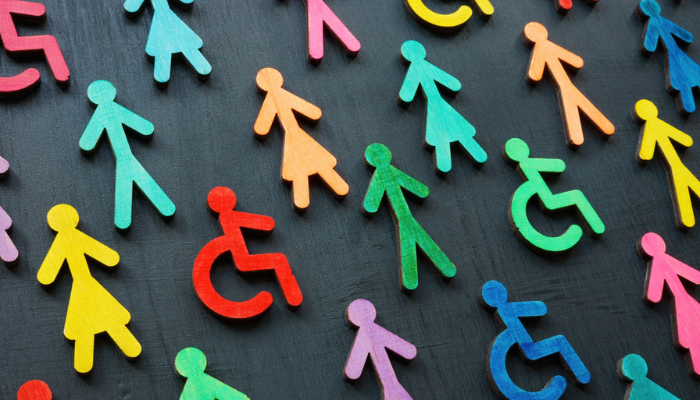
14 Nov Catalyzing Change: Exploring the Terrain of the Disability Rights Movement
In the complex web of society moving forward, the Disability Rights Movement stands as a powerful thread, weaving its way through history to champion the rights, dignity and equality of individuals with disabilities. Today, we embark on a journey through the evolution of this movement, exploring its milestones, origins and its vibrant presence in contemporary society.
The Roots: Disability Rights Movement Timeline
The roots of the Disability Rights Movement can be traced back to the mid-20th century. The 1960s and 1970s marked a significant turning point when individuals with disabilities began advocating for their rights, challenging societal norms, and demanding equal opportunities.The movement picked up speed, driven by the dedication of activists who envisioned a world where disability didn’t mean restriction.
Pioneering Events that Shaped the Movement
1973: Rehabilitation Act
A pivotal moment in the timeline occurred with the passing of the Rehabilitation Act, prohibiting discrimination on the basis of disability in programs receiving federal funds. This significant law set the foundation for following legal safeguards.
1990: Americans with Disabilities Act (ADA)
The crowning achievement of the Disability Rights Movement came in 1990 with the signing of the Americans with Disabilities Act. This pioneering law banned discrimination against people with disabilities in different aspects of public life, such as transportation, employment and public services.
The Disability Rights Movement Today
As we navigate the 21st century, the Disability Rights Movement remains a dynamic force, continually advocating for inclusivity and dismantling barriers. In the present context, the movement broadens its influence across different domains, tackling emerging challenges and aiming for an even more inclusive society.
Technological Advancements
In the digital age, the movement harnesses the power of technology to advocate for accessible websites, digital platforms and assistive technologies that ensure individuals with disabilities have equal access to information and communication.
Intersectionality and Inclusivity
A notable evolution in the movement is the recognition of intersectionality. Advocates now emphasize the importance of considering how disability intersects with other aspects of identity, such as race, gender, and sexual orientation, to ensure a more comprehensive approach to inclusivity.
Global Collaboration
The Disability Rights Movement has transcended national borders, fostering global collaboration to address shared challenges. Global initiatives and organizations collaborate to advance disability rights universally, recognizing the shared goals of the movement.
Looking Forward: A Continued Journey of Advocacy
The Disability Rights Movement has undoubtedly made significant strides, but the journey is far from over. As we maneuver through the intricacies of the contemporary world, the movement adjusts to fresh challenges, pushing for progress in healthcare, education, and workplace adjustments.
In conclusion, the Disability Rights Movement, with its ongoing evolution and rich history, serves as a testament to the power of advocacy and collective action. It not only reshaped legal landscapes but also ignited a cultural shift, challenging societal perceptions and fostering a world where everyone, regardless of ability, can participate fully and without barriers. As we ponder the timeline, events, and the present influence of the movement, it becomes evident that the path toward inclusivity is both dynamic and enduring. It encourages everyone to actively contribute to shaping a more equitable future.


